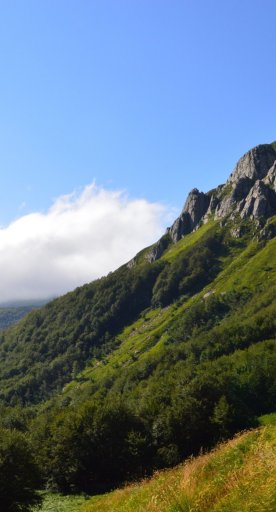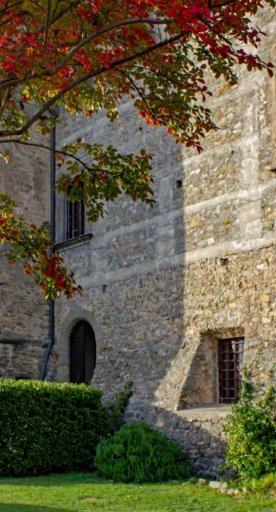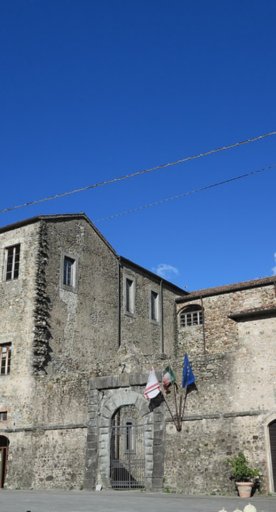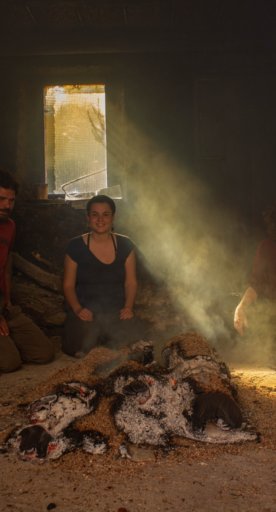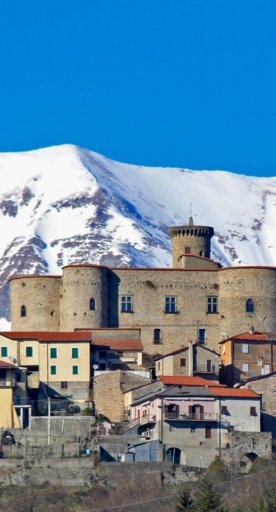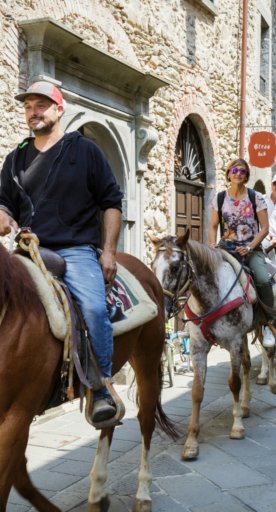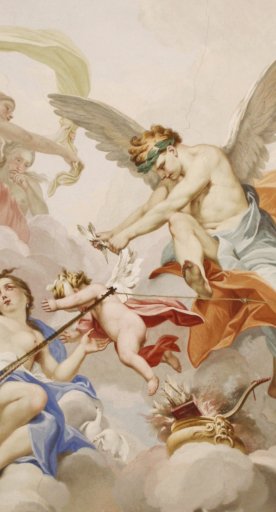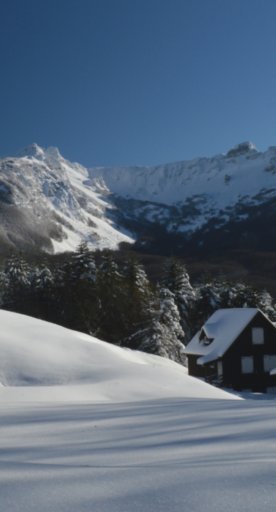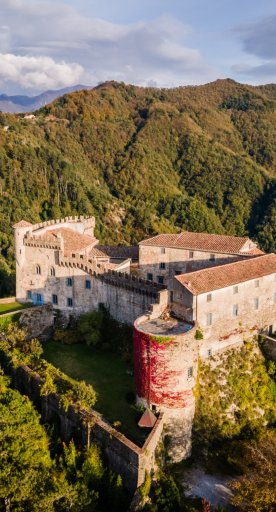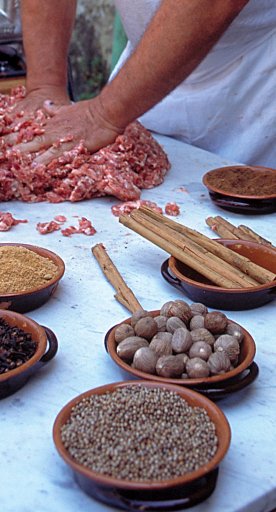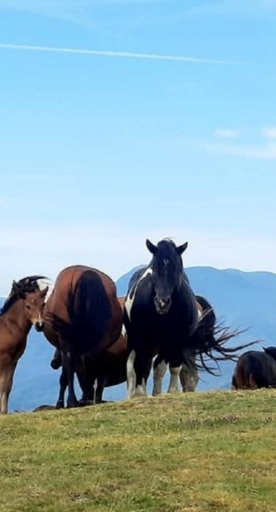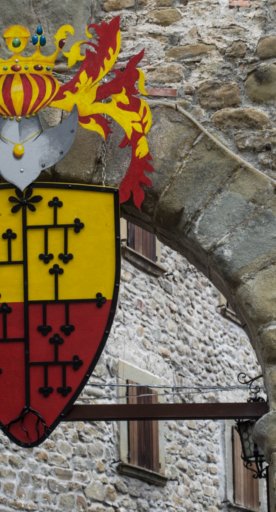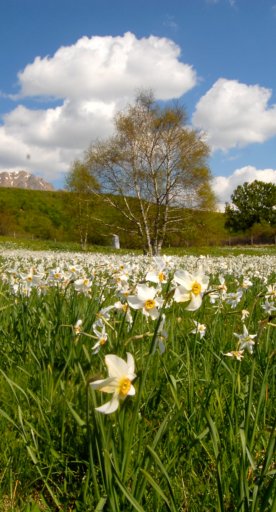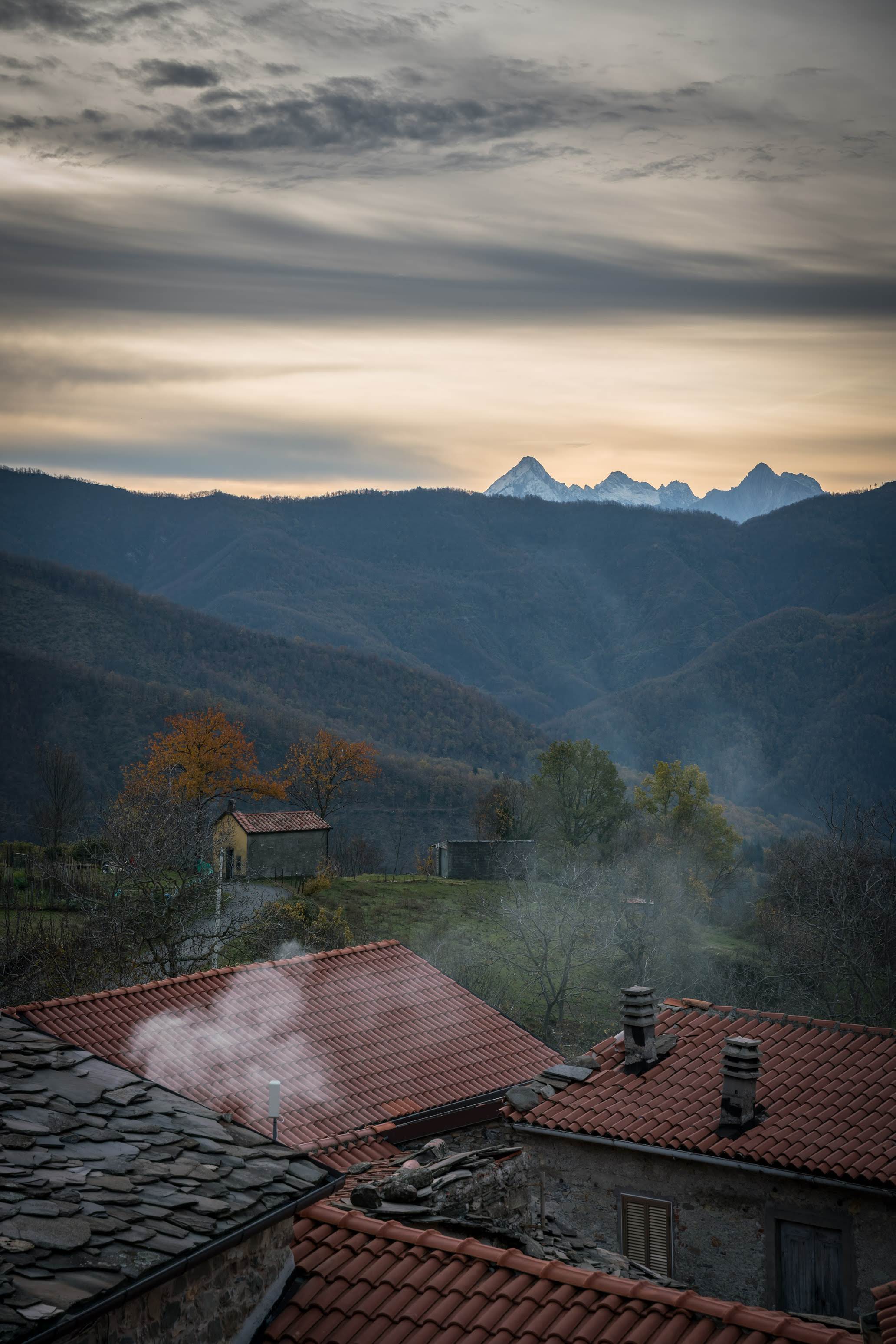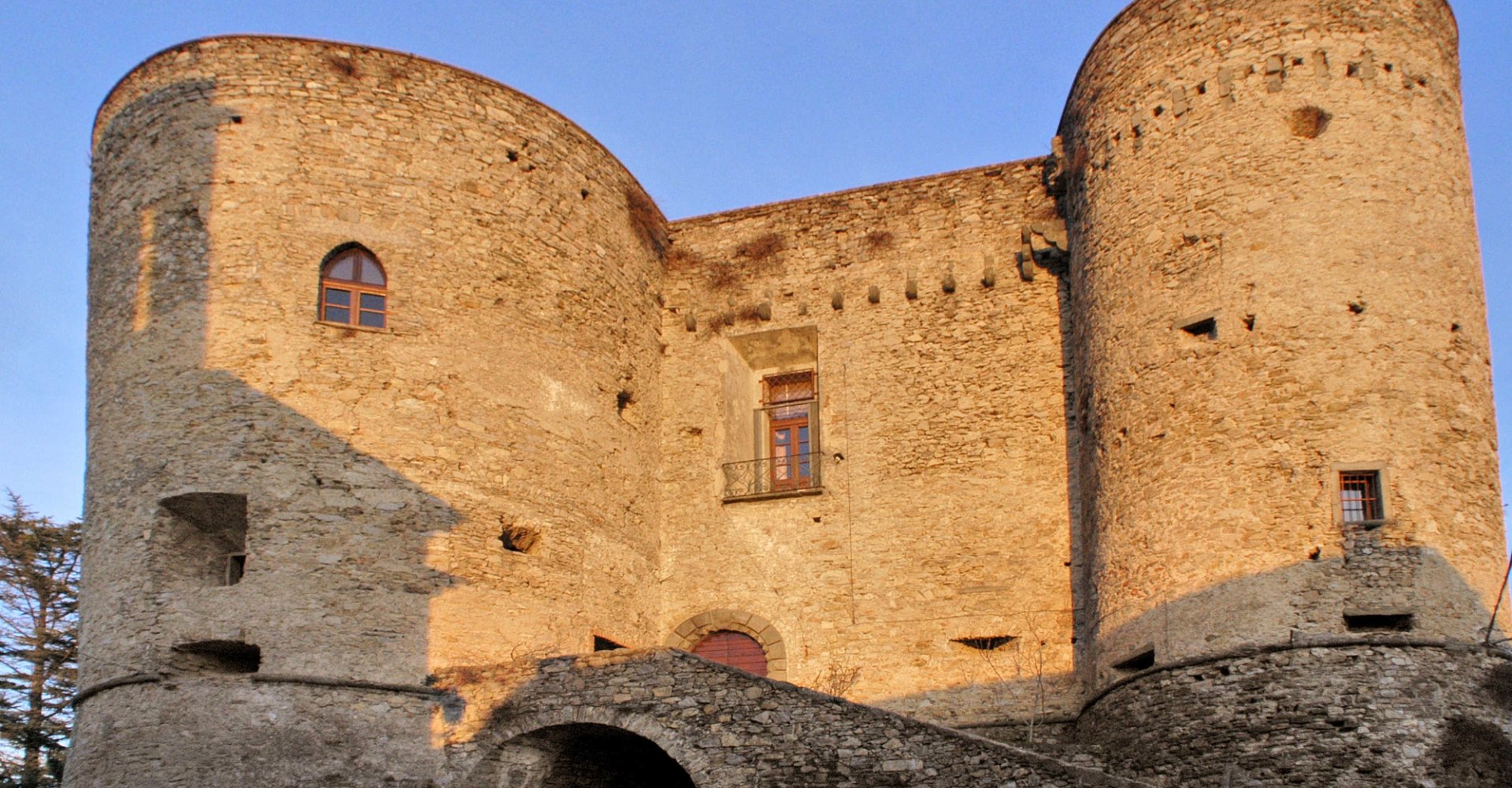
Licciana Nardi
Birthplace of the hero Anacarsi Nardi in the scenic Tosco-Emiliano National Park
The town and valleys of Licciana Nardi, nestled entirely in the breathtaking scenery of Lunigiana and the Appennino Tosco-Emiliano National Park, are the perfect getaway for nature lovers. Vaunting views of rare beauty over the Monti and Apella area, the old tower reminds us that it was once a medieval settlement and a sign in the town indicates the birthplace of Anacarsi Nardi, the Renaissance martyr. In 1933, the local council decided to add Nardi to the town’s historic name Licciana as a mark of tribute to the patriot and to the other patriot of the Risorgimento, Biagio Nardi.
What to see in Licciana Nardi and surroundings
The narrow streets of the fortified village are enlivened by osterie, and stores selling typical products and local artistic crafts. The castle overlooks the main square of the town, where the ossuary monument of Anacarsi Nardi is, transformed in the 15th and 16th centuries into a fortified palace and residential site.
The most interesting attractions around Licciana Nardi are centuries-old fortifications, such as Monti Castle, built between the 12th and 17th centuries. Founded as a defensive fortress, this outpost was reworked gradually into an elegant residence in the 16th and 17th centuries. The castle is a blend of the medieval and the Renaissance, with a few Baroque touches.
Equally interesting is Bastia Castle, which was erected towards the end of the thirteenth century to put an end to the attacks from across the Apennine passes. The mighty military structure belonged to the Malaspina family of Villafranca and consisted of a quadrangular plan with a striking central keep topped with four cylindrical corner towers. Charming Guelph-cross windows look out on the facade.
In Terrarossa, you'll find one of the largest residences of the Malaspina that exist. The castle stands along the Via Francigena and has a square plan, with four bulwarks at the corners, some on which were left unfinished. Inside the fort there are more than 40 rooms, with large cross vaulted halls and apartments. Today, it hosts various kinds of events.
The Parish Church of Santa Maria Assunta, in the village of Venelia-Monti, is worth a visit. Erected in the eleventh century, the church has maintained its original name, which is probably Ligurian, and there is documented evidence of its existence dating to at least 1077, although it was dedicated to Santa Maria Assunta due to the indecorousness of the pagan origin of the name Venelia. Today, little can be seen of the old church as it was rebuilt in the eighteenth century. Of the old building, the beautiful Romanesque pietra serena apse on the side remains.
While you’re in the area, head for the Parish Church of San Nicolò Varano, whose the original Romanesque structure was destroyed during restoration work, although it contains a priceless work of art: an altarpiece by Angelo Puccinelli, a fourteenth-century painter from Lucca.
In this area of Tuscany, the Apennines offer not only climbs on the ridge, but also simple and fascinating routes that connect the hamlets, such as the one that connects the village of Treschietto to Apella. Starting from Apella by mountain bike or e-bike, it's possible to continue along the Lunigiana Trail, a 230-kilometre ring route between villages and castles in the area, ideal for those who love bikepacking trips.
The narrow streets of the fortified village are enlivened by osterie, and stores selling typical products and local artistic crafts. The castle overlooks the main square of the town, where the ossuary monument of Anacarsi Nardi is, transformed in the 15th and 16th centuries into a fortified palace and residential site.
The most interesting attractions around Licciana Nardi are centuries-old fortifications, such as Monti Castle, built between the 12th and 17th centuries. Founded as a defensive fortress, this outpost was reworked gradually into an elegant residence in the 16th and 17th centuries. The castle is a blend of the medieval and the Renaissance, with a few Baroque touches.
Equally interesting is Bastia Castle, which was erected towards the end of the thirteenth century to put an end to the attacks from across the Apennine passes. The mighty military structure belonged to the Malaspina family of Villafranca and consisted of a quadrangular plan with a striking central keep topped with four cylindrical corner towers. Charming Guelph-cross windows look out on the facade.
In Terrarossa, you'll find one of the largest residences of the Malaspina that exist. The castle stands along the Via Francigena and has a square plan, with four bulwarks at the corners, some on which were left unfinished. Inside the fort there are more than 40 rooms, with large cross vaulted halls and apartments. Today, it hosts various kinds of events.
The Parish Church of Santa Maria Assunta, in the village of Venelia-Monti, is worth a visit. Erected in the eleventh century, the church has maintained its original name, which is probably Ligurian, and there is documented evidence of its existence dating to at least 1077, although it was dedicated to Santa Maria Assunta due to the indecorousness of the pagan origin of the name Venelia. Today, little can be seen of the old church as it was rebuilt in the eighteenth century. Of the old building, the beautiful Romanesque pietra serena apse on the side remains.
While you’re in the area, head for the Parish Church of San Nicolò Varano, whose the original Romanesque structure was destroyed during restoration work, although it contains a priceless work of art: an altarpiece by Angelo Puccinelli, a fourteenth-century painter from Lucca.
In this area of Tuscany, the Apennines offer not only climbs on the ridge, but also simple and fascinating routes that connect the hamlets, such as the one that connects the village of Treschietto to Apella. Starting from Apella by mountain bike or e-bike, it's possible to continue along the Lunigiana Trail, a 230-kilometre ring route between villages and castles in the area, ideal for those who love bikepacking trips.
Events
In the two main squares on the second and third weekends of October, the historic village is filled with the La Castagna Racconta events: a historical reenactment set at the end of the 19th century. For the occasion, some sites set up like the old stores of the past are reopened where you can find all the typical products of Lunigiana, in an excellent opportunity to taste the products based on chestnuts such as mondine, patone and fritelle accompanied by local wines.
In the two main squares on the second and third weekends of October, the historic village is filled with the La Castagna Racconta events: a historical reenactment set at the end of the 19th century. For the occasion, some sites set up like the old stores of the past are reopened where you can find all the typical products of Lunigiana, in an excellent opportunity to taste the products based on chestnuts such as mondine, patone and fritelle accompanied by local wines.
Typical Products
In Licciana Nardi, as in the whole of Lunigiana, you can taste many products prepared with pork meat such as cooked shoulder and Lunigiana mortadella. Don't miss the chance to taste all the specialties based on DOP chestnut flour from Lunigiana, the protagonist of every local menu, such as lasagna bastarde: a sheet of chestnut flour mixed with wheat flour, cut into squares and seasoned with olive oil and cheese.
In Licciana Nardi, as in the whole of Lunigiana, you can taste many products prepared with pork meat such as cooked shoulder and Lunigiana mortadella. Don't miss the chance to taste all the specialties based on DOP chestnut flour from Lunigiana, the protagonist of every local menu, such as lasagna bastarde: a sheet of chestnut flour mixed with wheat flour, cut into squares and seasoned with olive oil and cheese.
